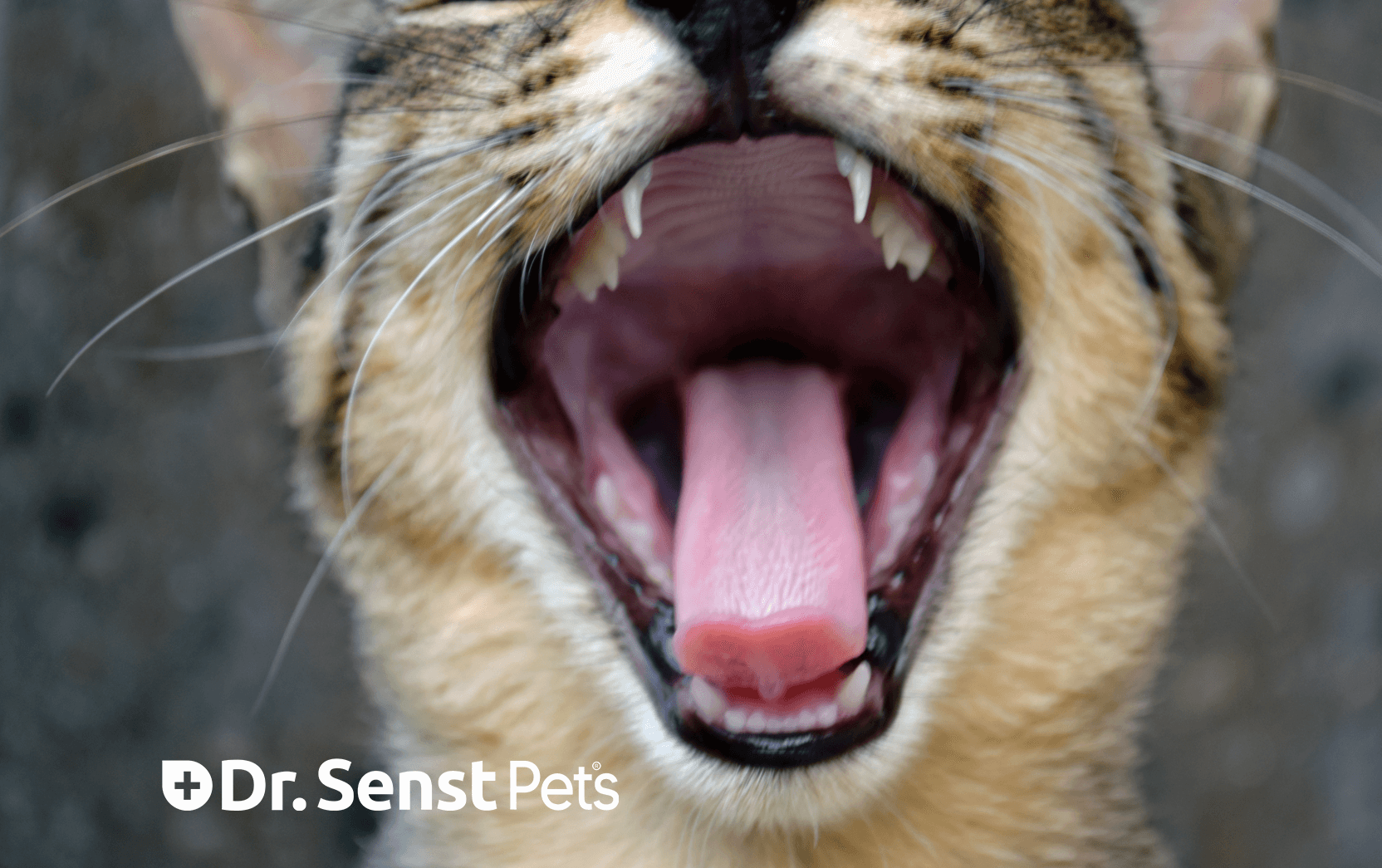
- by Dr.Thilo Senst
How to Prevent Cat Hairballs: Tips and Tricks
- by Dr.Thilo Senst
If you’ve ever experienced the joy of stepping on a cold, slimy mass of fur on your carpet, congratulations—you’ve met the infamous cat hairball. It’s your feline’s less-than-charming way of redecorating. Let’s be honest, cat hairballs are like unsolicited group texts—no one asked for them, yet here they are.
Hairballs, or trichobezoars if you want to impress your vet, are a natural part of your cat’s grooming process. But too many hairballs can spell trouble for your feline friend and your carpet-cleaning budget.
Hairballs occur when your cat swallows fur during grooming. This swallowed fur is usually passed through their digestive system, but sometimes it gets stuck and, well, comes back up like a bad takeaway.
Imagine eating spaghetti and finding yourself with a never-ending strand—it’s like that for your cat, except with fur.
Brushing your cat is like preemptive plumbing—it removes loose fur before it becomes a clog in their digestive system.
Feed your cat hairball-control food designed to help fur pass through their digestive tract.
Hydration helps keep things moving internally. If your cat isn’t a fan of drinking water, invest in a fancy water fountain—cats love moving water like humans love Wi-Fi.
Hairball remedies often include mild lubricants that help fur slide through their digestive system like butter on toast.
Fatty acids promote a healthy coat and reduce shedding.
Tasty and functional, these treats are like sneaking spinach into a brownie recipe—your cat won’t suspect a thing.
They groom obsessively, swallowing fur like it’s a Michelin-starred meal. But instead of a sleek cleanup, you’re left with a hairball. Thanks, Fluffy.
If your cat is struggling to pass a hairball, it could lead to an intestinal blockage—a medical emergency.
Brands like Royal Canin offer specialised diets to keep hairballs at bay.
Invest in deshedding tools like the Furminator.
These lubricate the digestive tract to make hairball expulsion less traumatic—for everyone.
Q: Can all cats get hairballs?
A: Yes, but long-haired breeds and obsessive groomers are more prone.
Q: Can diet alone prevent hairballs?
A: A high-fibre diet helps, but grooming is equally important.
Q: How often are hairballs normal?
A: Occasional hairballs are fine, but weekly or more frequent episodes may indicate an issue.
Cat hairballs are an inevitable part of feline life, but with regular grooming, dietary tweaks, and a few handy products, you can minimise their impact.
![]()
Enter your details & download our comprehensive 50+ page printable Dr. Senst Pet Care Planner completley FREE! - keep track of all your pet’s needs, from medical history and training to vet visits, grooming, diet, and more!










Share:
Preventing Dog Boredom: Engaging Activities for Your Pet
What Causes Bloodshot Eyes in Cats? Common Issues Explained